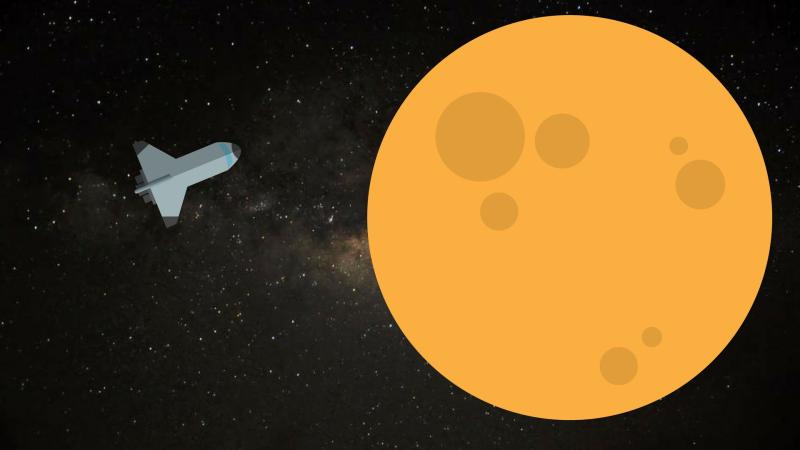
In 1959, Luna 1, a Soviet Union mission to the moon, successfully landed on the surface of the moon, kickstarting the space race between America and the Soviet that lasted for decades. Today, many countries are looking beyond our moon, and at moons of other planets like Jupiter and Saturn. Although, twelve astronauts have walked on its surface, manned missions to the moon came to a close in 1972. But the urge to study our closest neighbor never receded. Number of countries launched probes and satellites to study the moon, including India’s Chandrayaan 1, the lunar orbiter, which launched a probe onto the lunar surface, as recently as 2008. Scientists at IISc have now developed a new algorithm that could make lunar landing safer. While probes can be shot to the surface, more delicate equipment like rovers and humans need to land carefully and softly on the surface. After travelling 384400 km at close to 30 km per second, the spacecraft then needs to slow down, with minimal changes in acceleration of the craft and hit the ground on the moon with very little impact force all to avoid causing jerks which could damage the equipment on board or harm humans. Using minimum jerk guidance, the scientists developed the acceleration command algorithm, which controls the acceleration of the spacecraft. In simulations, the new system not only achieved accurate landing but did it with minimum rate of change of acceleration, eliminating damaging jolts to the craft, enabling more studies of our closest cosmic neighbor.
